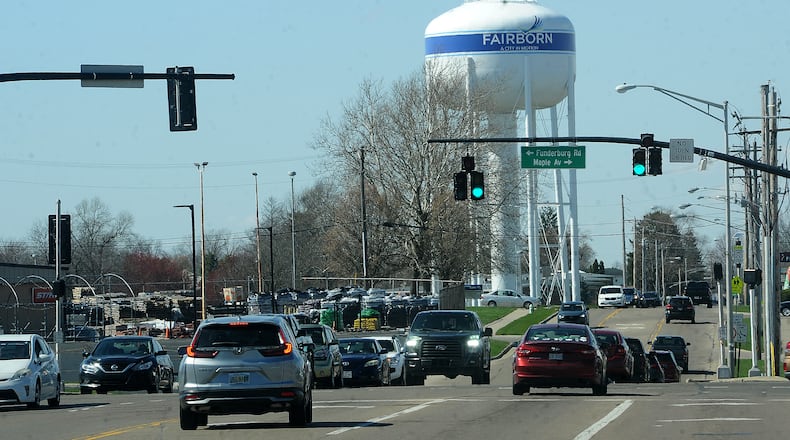Fairborn became a city in 1950. Many of our homes date from that postwar era, and they remain part of Fairborn’s affordable housing stock today. That naturally lowers median home values but also gives young families and first-time buyers a place to start — something increasingly rare in this region.
Fairborn’s early residents were working families who came north from Appalachian communities to help build Wright-Patterson Air Force Base and local industry. Their modest homes and work ethic gave Fairborn its character — practical, resilient, and community-oriented. By contrast, Beavercreek incorporated in 1980 with newer neighborhoods and a more affluent tax base. Those historical differences explain much of today’s income and property-value gap.
It’s true Beavercreek covers more land, but size alone doesn’t define success. Fairborn’s focus isn’t on expansion for its own sake, but on collaboration and balance. The city maintains a close working relationship with surrounding communities.
Fairborn already offers tax incentives and business support. The city has long provided grants and assistance to businesses.
Fairborn also has a 2% local income tax: half for the General Fund and half shared among Fire/EMS, Police, and Road improvements. Beavercreek relies heavily on property taxes to fund operations. With statewide discussion ongoing about reducing property taxes, the economic development landscape could shift significantly. Beavercreek is a great community, and so is Fairborn, and our fiscal model is built to last.
Another key difference is that Fairborn is a full-service community. We provide police, fire, EMS, water and wastewater treatment, street maintenance, building inspection services, and even our own municipal court, all operated in-house. Beavercreek contracts most of those functions including fire, water, sewer, and building inspection which reduces its direct payroll and capital costs. Fairborn’s model gives residents local control, accountability, and consistent service delivery, but it also means higher operating costs.
Few people realize that our Fairborn Municipal Court serves not only Fairborn residents but also those from Beavercreek, Beavercreek Township, and Bath Township. It costs roughly $2 million a year to operate, and Fairborn residents cover more than 95% of that cost. This is how the law was written years ago and needs to be updated for a more equitable sharing of these costs among the citizens it serves.
Now, let’s talk about progress because Fairborn is not standing still.
- The Wright-Patt Gateway Project; the Skyway Development effort; a new four-story senior living center; a Dutch Bros Coffee addition; and the Crawford-Hoying Development 200,000-square-foot cold storage facility at SR 235 and I-675; are examples of in-process projects.
- Fairborn continues to see reinvestment from new industrial, logistics, and commercial users.
- More than 530 new homes have been built in Fairborn in the last few years.
Our schools are also improving. The 2025 Ohio School Report Cards show Fairborn City Schools earning four out of five stars overall, with strong progress and graduation ratings. While Beavercreek City Schools remain among the region’s top performers, Fairborn’s investment in new facilities and excellent teachers is producing measurable gains — impressive for a district serving a diverse and mobile student population that includes many military families.
And as for the notion that Fairborn hasn’t “leveraged Wright-Patt,” that’s simply outdated. The city now works closely with the base, and with about 12% of our residents being veterans, Fairborn is already a recognized military-friendly community.
So no, Fairborn doesn’t need to “catch up” to Beavercreek. Our success isn’t measured by imitation, but by progress made on our own terms. We’re investing in our neighborhoods, supporting our schools, revitalizing key corridors, and strengthening partnerships. Fairborn’s story is one of perseverance, collaboration, and pride in what we’re becoming. We like having Beavercreek as our neighbor, but we are happy being who we are and always building our future.
Marilyn McCauley is Chair of the Planning board, former Fairborn City Council Member and former deputy mayor.
About the Author

